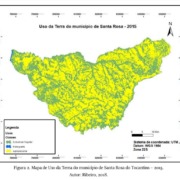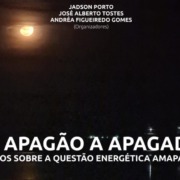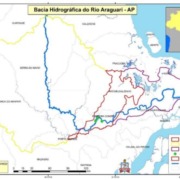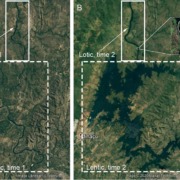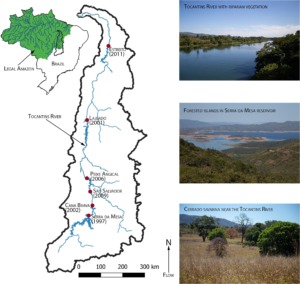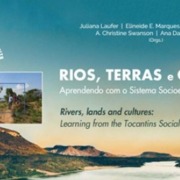Over 200 scientists from the region have united to form the Science Panel for the Amazon (SPA)
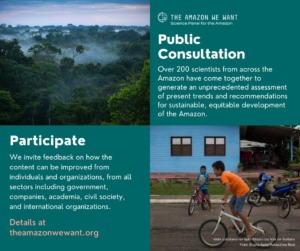
In response to the challenges facing the Amazon, a group of over 200 scientists from the region have united to form the Science Panel for the Amazon (SPA). In the coming months, the Panel will issue a comprehensive, first-of-its-kind scientific assessment of the state of the Amazon, current trends, and recommendations for the long-term well-being of the ecosystem and its people.
Recently, a draft version of the document has been released for public consultation. We encourage stakeholders to provide meaningful input to aid the development of a better and more complete report. We invite feedback on how the content can be improved from individuals and organizations, from all sectors including government, companies, academia, civil society, social movements, and international organizations. Full details on how to participate can be found on the SPA website.
***
Em resposta aos desafios que a Amazônia enfrenta, um grupo de mais de 200 cientistas especialistas em assuntos amazônicos se uniram para formar o Painel Científico para a Amazônia (SPA). Nos próximos meses, o Painel emitirá uma avaliação científica abrangente e inédita do estado da Amazônia, tendências atuais e recomendações para o bem-estar a longo prazo do ecossistema e de sua população.
Recentemente, uma versão preliminar do documento foi lançada para consulta pública. Encorajamos as partes interessadas a fornecer contribuições significativas para ajudar no desenvolvimento de um relatório melhor e mais completo. Solicitamos feedback sobre como o conteúdo pode ser melhorado por indivíduos e organizações, de todos os setores, incluindo governo, empresas, academia, sociedade civil, movimentos sociais e organizações internacionais. Detalhes completos sobre como participar podem ser encontrados no site do SPA.
Esp.
Como una respuesta a los desafíos que enfrenta el Amazonas, un grupo conformado por más de 200 científicos de la región, se han reunido para formar el Panel Científico de la Amazonía (SPA). En los próximos meses, el Panel emitirá una evaluación científica integral, única y primera en su tipo sobre el estado Amazonas, como también, se relacionará las tendencias actuales de la región y se destacaran recomendaciones para alcanzar el bienestar del ecosistema y su gente.
Recientemente, se publicó una versión preliminar del documento para consulta pública. Queremos motivar a todos los participantes para que ayuden al desarrollo de un informe mejor y más completo con sus aportes significativos. Invitamos a todas personas y organizaciones de todos los sectores, gobierno, empresas, academia, la sociedad civil, movimientos sociales y las organizaciones internacionales, para generar comentarios sobre cómo se puede mejorar el contenido. Los detalles completos sobre cómo participar se pueden encontrar en el sitio web del SPA .





